Inquivix HQ
1-903, 18 Eonju-ro 146-gil,
Gangnam-gu, Seoul, Korea
06057
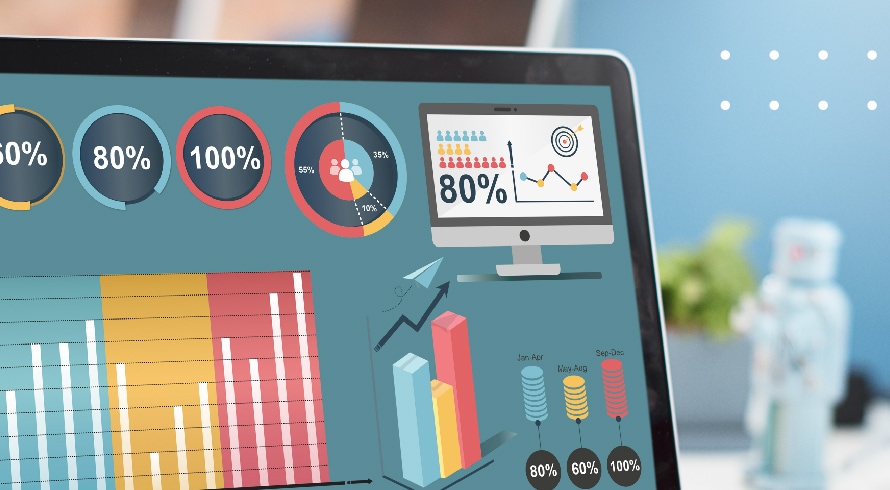
A GAP social media is an audit that can be used to identify the gaps in your existing content. You might wonder why you need a gap analysis. The purpose of a gap analysis is to show you opportunities that you’re missing out on that you can use to maximize your business’s content and its marketing potential.
What Is a GAP Social Media Analysis?
SEO keywords are a terrific tool that helps you determine what topics work best for your business. While you can drive in traffic through it, you might be missing out on other traffic retention resources. Here’s where your business requirements for gap analysis tools come into play! To identify gaps in your social media, conduct a gap analysis. Ensure you’re making the most of your platforms, gap analyses are performed on your social networks. This basically means understanding the gaps your customers are falling through and staying away from your social media. Conducting a gap analysis means you recognize that consumers may visit your platforms at any part of their buying journey. Creating a gap analysis framework can help your business determine if it has content for the different focus areas of buyers that visit your social media.
GAP Analysis and the Buyer’s Journey
The buyer’s journey can be divided into 4 sections. Awareness, Consideration, Decision, and Success. You need to ensure that your company is not falling short with its content when a buyer looks through your platform from different stages in their journey. This is why you need a gap analysis report, to help you gather data and identify the areas you have not been meeting the expectations of consumers.
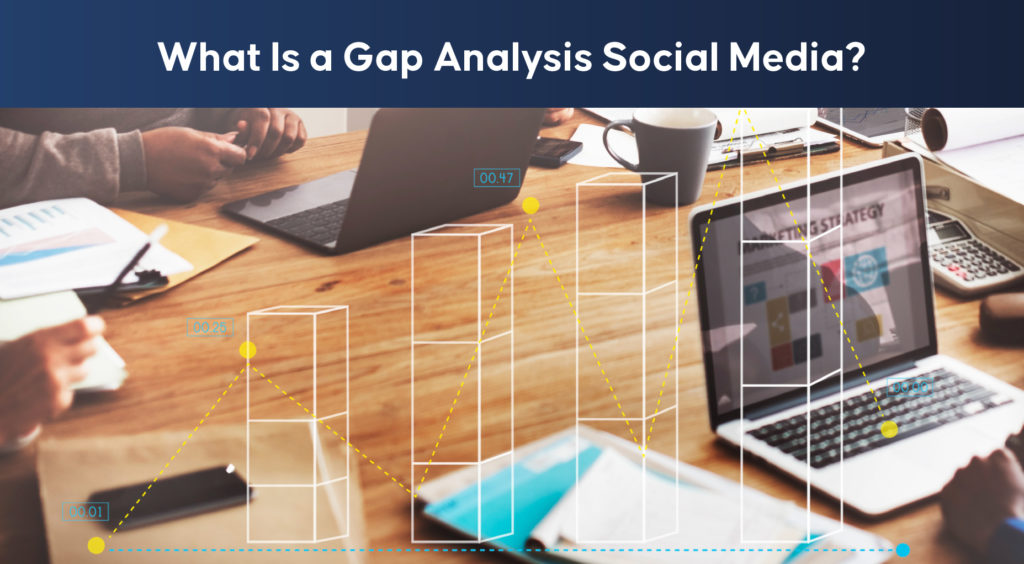
Great gap analysis examples will look like this: A clear mapping of your customer’s purchase journey, creating content that aligns with your customer’s journey through market research, and analyzing content on both your platforms and your competitor’s platforms. This will help the strategic planning of your next content strategy, ensuring you achieve the relevant goals of providing consumers with the right content that targets the root causes of their issues to their final solutions. An effective gap analysis will therefore help you develop business processes that directly correlate with customer satisfaction.
How Does Social Media Analytics Work?
The practice of acquiring and evaluating data from social networks such as LinkedIn, Twitter, Facebook, and others is known as “social media analytics.” However, social data isn’t restricted to traditional social networks. In general, insights may be obtained wherever on the internet where customers engage with one another.
This broadens the concept of social media to include blogs, discussion forums, news outlets, messaging applications, and other platforms. Marketers frequently use it to analyze conversations online regarding companies and products. The simplest approach to obtain social media analytics is to use a sophisticated program created exclusively for social media analytics.
Being aware of your organization’s operational processes, how it affects the business’s current performance, and what your engagement rates look like on your social media, including blogs, and review sites are some of the amazing quantitative data social media analytics pull for you. The first stage in social media analytics is to confirm the target objectives have been
How Do You Analyze Social Media Insights?
Your company’s gaining an engagement rate of 10% higher than the previous month is commendable. However, that is not how you analyze your social media insights and bridge the performance gap from the previous month. Whether you’re from a young company, a small business looking to learn something or a brand that wants to know what’s new, here are some vital components of your social media insights that you need to be analyzing to develop a strategic plan for the future of your company.
Social Metrics
Demographic data, such as that generated by Facebook and Twitter’s built-in statistics, falls under the purview of social metrics. Likes, comments, mentions, retweets, and impressions all indicate that people are interested in talking to and about you, even if you don’t have all of the data. Small businesses that don’t have the budget for other analytic tools can still make use of these social metrics to get some understanding of the audience on an organizational level at the least.
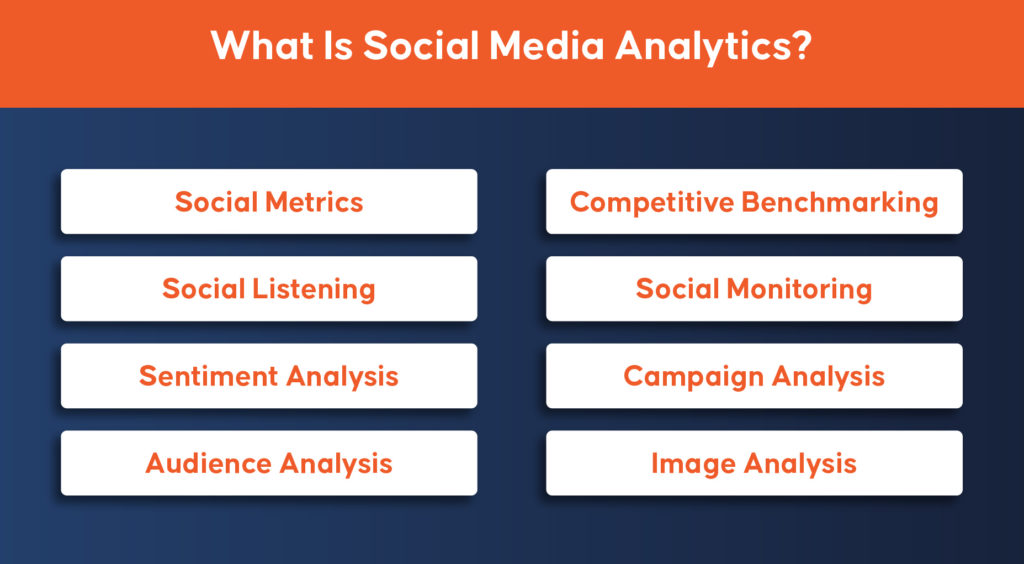
Listening to Others
This part of social analytics exposes you to what social users want, need, and desire. This is accomplished by pushing beyond the generality of demographics and instead concentrating your entire company culture on understanding customer attitudes, beliefs, and actions to provide a more complete image of the consumer. Here’s where you use human resources for interactions with others that are social, human, and honest. A promotional tone will most certainly fall on deaf ears. Social listening informs you about the issues that social users are discussing and how influential they are. It’s all about figuring out what excites customers and what they value.
Sentiment Analysis
Sentiment analysis is understanding the positive, neutral, and negative sentiments consumers express towards your products, services, campaigns, and even your human resources. It helps you analyze how your business process affects a consumer’s sentiments, and how these analytics can help you personalize your approach to reach them and bridge the identified gap. You identify what users love, give them more of that. You also identify their negative sentiments, including fear, threat, dislike, and many others. Acknowledge their current state of negative emotion and continue to avoid messages, campaigns, and existing products that fuel these negative feelings.
Audience Research
Social listening and sentiment analysis together make audience analysis possible. This allows you to construct groupings based on common feelings and experiences rather than outdated demographic divisions. It is a useful tool that may also assist you to identify the online communities where your followers are most engaged. You don’t want to spend time building a Facebook presence just to discover that your target demographic prefers Reddit.
Competitive Analysis
Social media analytics aren’t best utilized if you are only concerned about the operational environment of your own business. You need to be well aware of what your competitors are doing, their focus areas, and what their customers are saying so that you don’t have unexpected competition. This gap analysis of your competitors should not be “assumed.” Using the right gap analysis tools to derive these social media analytics and being informed about the proposed solutions by consumers to their own problems on online forums, your entire business can become their savior.
Social Monitoring
Social monitoring is the single process that keeps your brand health in check applying the ‘prevention is better than cure’ magic. It monitors your brand’s reputational risk, negative social posts that affect the future states of your brand. It is more future-oriented, understanding how current user sentiments may spiral into hazardous brand reputation damage. We are talking about software that identifies negative brand impressions and customer complaints that should be taken care of immediately. While the organization positions itself above the incoming tide, knowing the tide is going to wash over, also helps you analyze positive trends and utilize them more, making your business’ desired future state an easy, analyzed win.
Campaign Evaluation
Campaign analysis and marketing efforts were the initial purposes of the analysis of social data, and that has not changed. The distinction lies in the speed with which data is made available. There’s no need to wait until the end of a campaign to evaluate the outcomes. You can now use social listening and sentiment analysis to direct your efforts toward creating campaigns that will appeal to your target audience. You can also monitor the metrics in real-time to guarantee that love is the result. If your audience doesn’t love your campaign, it is also not too late to change techniques and respond to their social sentiments in real-time before it looks like you allocated resources to waste.
Image Analysis
A powerful image with little context still speaks more volume than a block of content the same size. That’s why it’s important to pay attention to where your images are going, how they can impact your business, and what type of audience is interested in this part of your campaigns. It is no surprise that so many social networking sites are dedicated to the image and video-only posts, which have also proven to have higher engagement rates than text-only content!
What Is Social Media Competitive Analysis?
In simple terms, it’s a SWOT analysis of competitors and how their strengths and weaknesses compare against your own. It helps you understand the contributing factors to the loss or failure of your products, services, project activities, current processes, and other activities in comparison to other businesses in your niche.
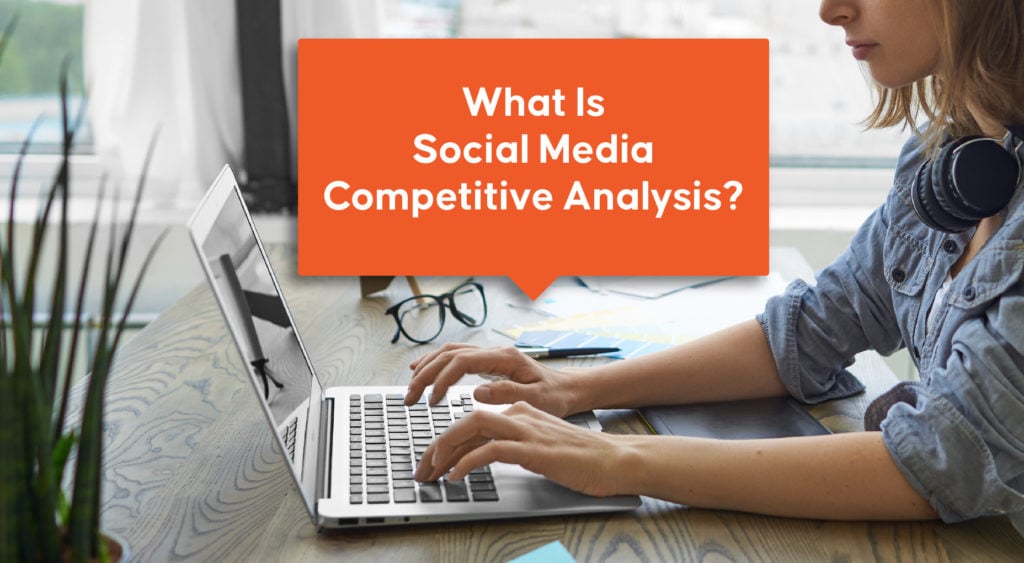
A solid social media competitor analysis will aid you first identify who you’re up against in your niche, the social media networks they’re exhausting, and how successfully their current allocation level of time and strategies on their social sites work for them. This gap analysis involves guiding your company to identify and set reasonable goals to achieve for the future states of your business, recognize threats to be mindful of, and opportunities to seize.
Why Do a Competitor Analysis on Social Media?
Knowing your competitors is just the tip of the iceberg. Deeper inside the iceberg, you will find valuable gems (not literally!) that help you understand your audience, thereby understanding your competitor’s audience as well. This will guide you to be aware of the performance gaps of your business. Conducting a gap analysis of this sort, ensures you know what your standard social media followers, engagement rates, and campaign strategies should look like.
These insights help you develop strategies tailored to your audience’s preferred tone of voice, the time period they are most active on social media, and innovative and engaging content that resonates with their likes and avoids their dislikes, and differentiates your brand from the everyday, boring brand of your niche. It helps the growth of your business by ensuring the “SWOT analysis” of your business keeps giving you extremely valuable insights, especially about threats and opportunities that should be used to become strengths.
What Are Some of the Best Social Media Marketing Tools?
Once you’ve decided to use social media marketing tools to gain valuable insights and their benefits to grow your business, you will want to know exactly what marketing tools are the best for you and where you can find them. Here’s a list that makes that process all the more convenient for you.
Sprout Social, HubSpot, TapInfluence, BuzzSumo, Snaplytics, Curalate, Keyhole, Google Analytics, ShortStack, and SHIELDApp are some of the most popular tools. These apps all have their own varied focus areas and, according to your needs analysis, differ. Some of these different purposes are to track cross-channel social media analytics, gauge the connection between social media performance and business and revenue growth, remove the “what if’s of influencer marketing, analyze social engagement, understand the metrics of Snapchat and Instagram Stories, provide a hybrid storefront and analytics tools to maximize sales, use hashtag analytics to push content forward, track social media campaigns while measuring social ROI, run social media contests, and understand content analytics.
What Is the Best Social Engagement Analytics Tool?
The best social engagement analytics tools might be a tricky question to answer. While we cannot recommend an application that is the best fit for your company and niche, here are some features that can help you decide if the application suits your shared values and focus on taking your company to your desired state. Alternatively, you can also hire business analysts, who have skills gap analysis insights needed to increase engagement.
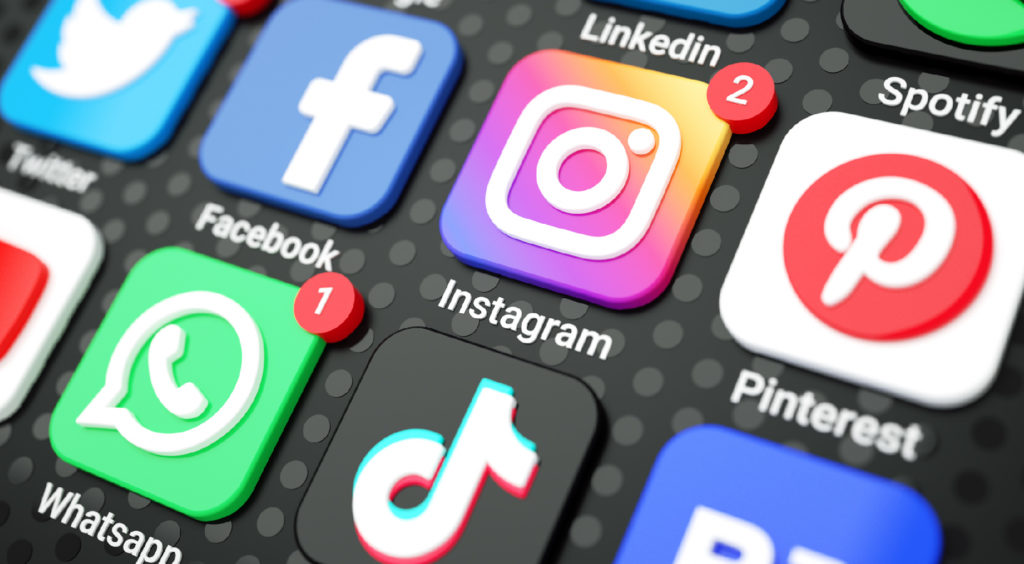
The best social engagement analytics tool will help you view and understand the interactions of your consumers with your content, which information is causing them to engage more with your content, and what these metrics are, for example, likes, shares, retweets, comments, and so on. You should also be able to export this information to maintain a history of this performance, compare it with past or future campaigns, and add in or remove content to achieve your target state.
Also having ways to keep your company immediately updated when these metrics change via e-mail or other immediate communication channels without taking a long time period, is a great way to keep track of your engagement in real-time. It should also be convenient for you to use, with a user-friendly dashboard and not exhaust your allocated budget for social media in a way that your final product is compromised and harm the desired future state of your engagement.
Conclusion
Does your business really need gap analysis tools? Yes, it does. A gap analysis will help you streamline your focus areas, allocate resources, project managers, and increase the people involved, both employees and customers, to be in touch with your brand. Social media analytics will help you benchmark your business against competitors, understand what changes social media project management needs to accomplish the desired states of positive engagement we are looking for from consumers.
This brand awareness that analytics provides will guide your brand to be part of every stage of a consumer’s buying journey. It helps you understand with metrics and insight what appeals to consumers, and how they engage with this content. There you need gap analysis to embrace customers and be their savior on every part of their journey.
